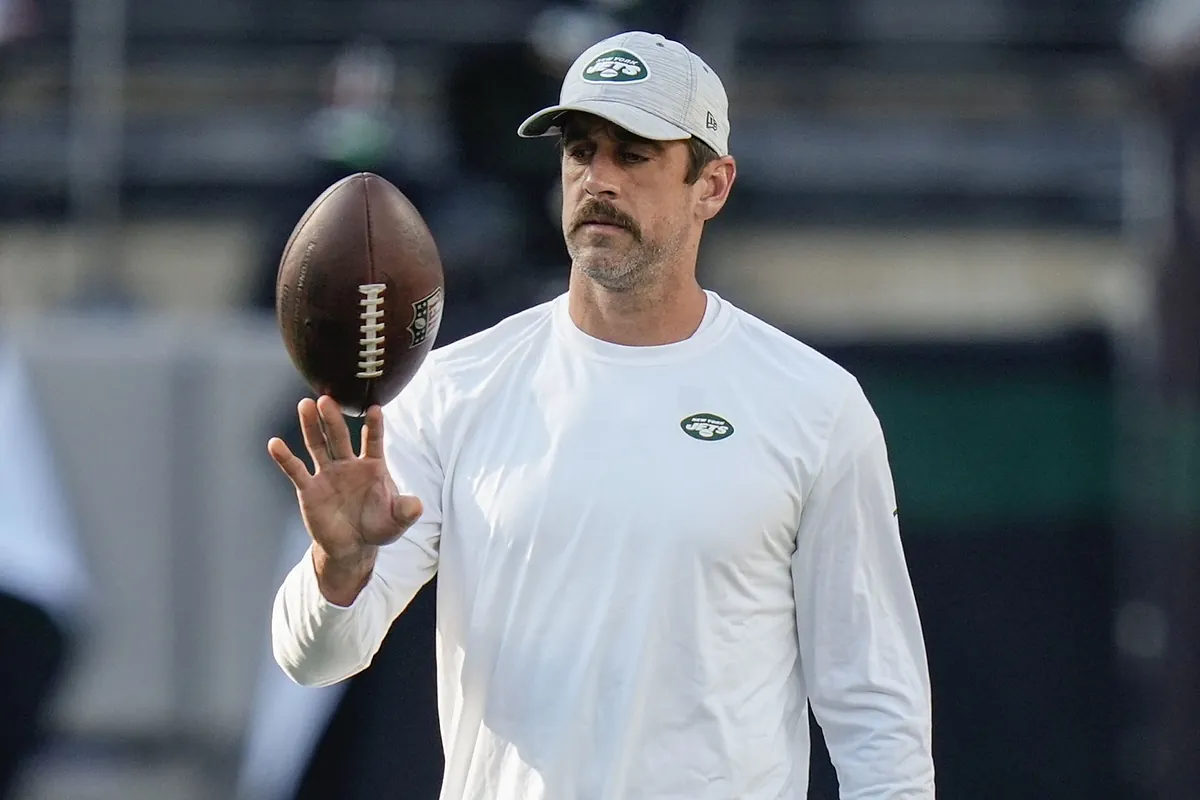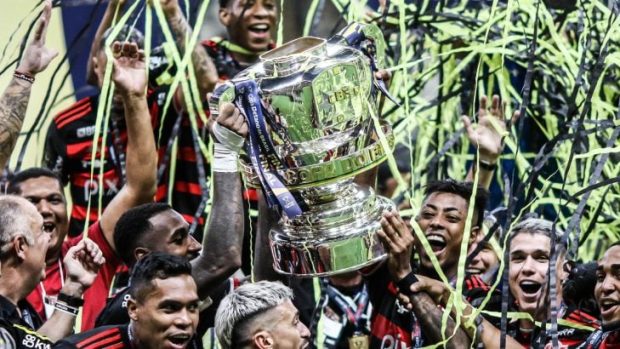

The Pittsburgh Steelers made a bold move this offseason by signing four-time MVP Aaron Rodgers. While the addition of the veteran quarterback has drawn plenty of attention, not all of it has been glowing.
Analyst Pat McAfee recently voiced concerns about what Rodgers’ arrival could mean for Pittsburgh’s offensive strategy under new coordinator Arthur Smith.
Travis Hunter reveals the reason behind wanting to play both sides of the field
Speaking on The Pat McAfee Show, the former NFL punter suggested the Steelers might be boxing themselves into a narrow vision on offense, focusing too heavily on one elite receiver – DK Metcalf – and an aging signal-caller whose best years may be behind him.
“I think they’re thinking with one weapon, like DK Metcalf, which they brought in for $132 million, with one quarterback that can maybe operate this offense,” McAfee said. “And Arthur Smith wants to operate if we can keep TJ Watt, which they’re still going to have to figure out.”
McAfee’s tone pointed to a larger concern: that the Steelers are going all-in on a very specific formula – Metcalf as the primary target, Rodgers managing the game, and a defense that has to remain elite for this strategy to work. There’s little room for improvisation or unexpected growth from younger players.
“Dancing in the Playoffs” or doomed by predictability?
McAfee elaborated on what the best-case scenario might look like for Pittsburgh: “If Aaron can come in here and matriculate the ball down the field and eat up some clock, make smart choices, not have any turnovers, the Pittsburgh Steelers are dancing in the playoffs yet again, and once they get into playoffs, who knows, especially with how good their defense is.”
While this sounds positive on the surface, the underlying message is conditional. The formula only works, McAfee implies, if Rodgers plays perfectly within a controlled structure – draining the clock, avoiding risk, and leaning on the defense.
This is a stark contrast to modern NFL offenses that thrive on dynamic playmaking and adaptability. By relying on a veteran quarterback with limited mobility and one big-ticket wideout, the Steelers may be opting for a conservative approach that could backfire if injuries strike or opponents adjust.
Metcalf’s $132 million deal and Rodgers’ one-year contract signal a win-now mindset – but one that potentially limits the team’s depth and flexibility. Young talents might get fewer opportunities, and the offense could struggle if defenses key in on Metcalf.
Steelers must walk a fine line
Rodgers still has a sharp football mind, and Arthur Smith’s offense- centered on ball control and play-action – might suit him. But McAfee’s comments suggest that this version of the Steelers has very little margin for error. If Rodgers turns the ball over or if Metcalf gets shut down, the team may lack the versatility to adjust.
This approach may also place unnecessary pressure on the defense, which already carries much of the burden in Pittsburgh’s system. With TJ Watt potentially facing contract decisions in the near future, banking on defense to bail out a limited offense could be a short-lived strategy.
Pat McAfee didn’t outright condemn the Steelers’ offseason, but his analysis points to skepticism: a narrow game plan, a reliance on aging stars, and few offensive contingencies. It’s a playoff-or-bust gamble – one that might come at the cost of long-term adaptability.
This news was originally published on this post .







Be the first to leave a comment